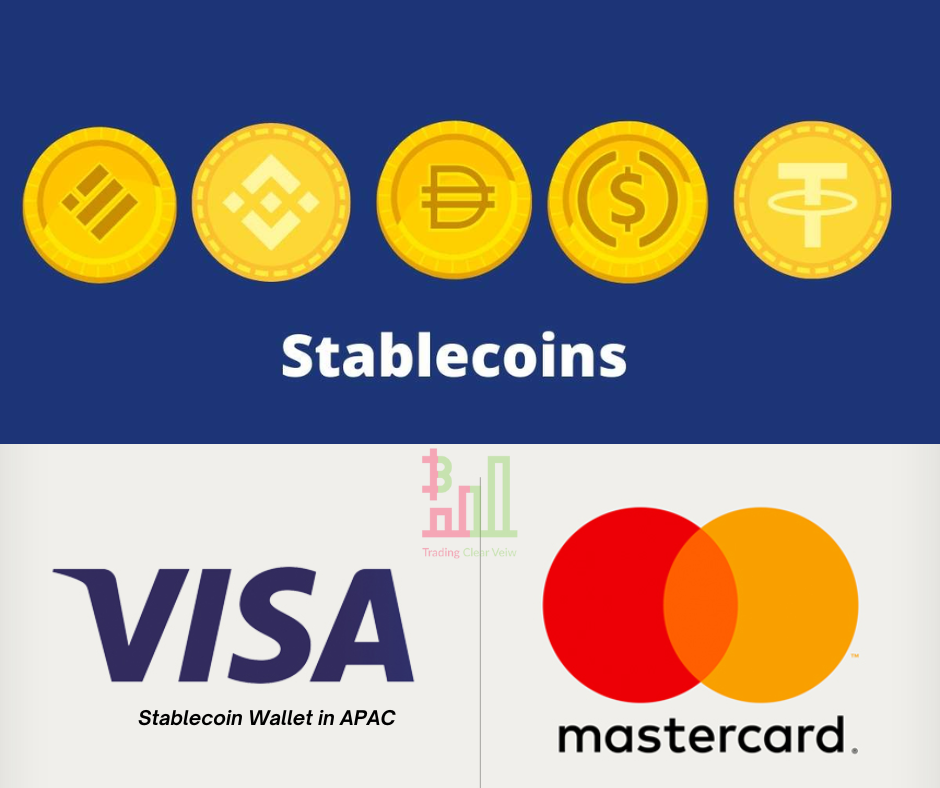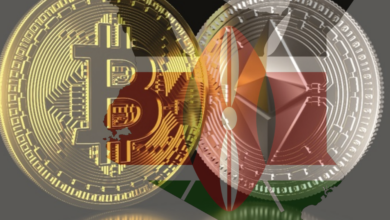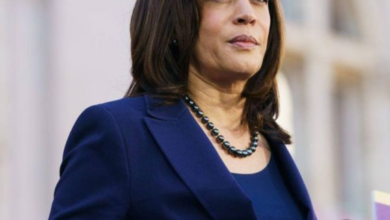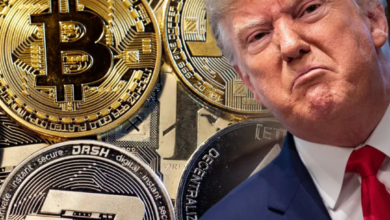Mastercard allowed Transactions for Stablecoin Wallet in APAC

Mastercard has partnered with Stables, an Australian stablecoin platform, to launch a Stables virtual prepaid card that will allow retail customers in the Asia-Pacific (APAC) region to spend their stablecoins anywhere Mastercard is accepted.
The digital wallet will accept deposits in various stablecoins, all of which will be automatically converted into USD Coin (USDC) at no cost.
The new prepaid payment card will allow users to save and spend in USDC by converting the digital currency into fiat and settling the transaction on Mastercard’s network.
The Mastercard-enabled wallet integration will be available for users in Australia in Q2 2023 and then rolled out to Europe, the U.S., the U.K., and most of the Asia Pacific.
Stablecoins have long been considered a safer option for bringing crypto to the world. However, recent instances of stablecoin collapses have raised concerns regarding their safety.
Despite this, Mastercard is attempting to widen its reach in the APAC region by partnering with Stables.
What is the name of the stablecoin wallet
The name of the stablecoin wallet is Stables
Stables is an Australian cryptocurrency wallet that has launched a partnership with Mastercard to provide the first stablecoin-only wallet with a payment card for daily spending in Asia.
The Stables digital app can be accessed via mobile wallets, allowing customers to use their stablecoins for instant purchases from online stores and other businesses.
The wallet accepts deposits in several stablecoins, including Tether (USDT) and Binance USD (BUSD), but all deposits are converted into USD Coin (USDC) automatically and at no cost.
Mastercard’s Focus on Digital Assets
Mastercard is focusing on digital assets and cryptocurrencies, with a goal of turning them into an everyday way to pay.
The company has outlined five key areas it is working on to achieve this goal.
The first area is crypto cards, and Mastercard has already announced dozens of new crypto card programs globally this year.
The second area is enabling merchants to accept digital assets as payment.
The third area is providing banks with consulting services to help them navigate the adoption of digital currencies and develop crypto strategies and loyalty programs.
Mastercard’s fourth area of focus is preventing fraud in the nascent digital asset market.
In October 2022, the company launched Crypto Secure, a tool for preventing fraud in digital asset transactions for consumers, banks, and merchants.
Finally, Mastercard’s fifth area of focus is helping central banks explore the design and deployment of a central bank digital currency (CBDC) using its testing platform
Mastercard has also begun allowing startups focused on crypto and digital assets to join its Start Path program, which gives fledgling companies access to the network’s executives and technology to help them grow.
Mastercard’s philosophy on cryptocurrencies is straightforward: it’s about choice.
The company isn’t here to recommend people start using cryptocurrencies but rather enable customers, merchants, and businesses to move digital value – traditional or crypto – however they want.
Implications for the APAC Region
The APAC region has been experiencing rapid growth in the adoption of digital assets, with over 40% of all cryptocurrency transactions in the first half of 2021 occurring in this region.
Mastercard has recognized this potential and is partnering with UPA to settle transactions for a stablecoin wallet in the APAC region.
This partnership represents a significant step forward for the adoption of cryptocurrencies and stablecoins in the mainstream financial system.
According to a recent report by Mastercard, consumers in the APAC region are ahead of the curve when it comes to digital payments uptake.
In particular, consumers in APAC tap on buy now pay later (BNPL) offerings for their low/no interest rates and convenience.
The majority of consumers in APAC have also heard of cryptocurrencies, non-fungible tokens (NFTs), and other digital assets, but uptake has been gradual.
Bybit is set to roll out Mastercard-powered debit cards that allow users to pay for goods and services with cryptocurrency holdings.
ATM withdrawals and global payments will be limited to aggregated cryptocurrency holdings of a user’s Bybit account.
The cards are issued by London-based payments solutions provider Moorwand.
Mastercard is focused on helping clients understand the space and chart a path that positions their businesses well.
They have done surveys in Asia Pacific where most customers prefer to keep their digital assets with banks because they perceive that they’re safer
Payments are becoming increasingly cashless, and governments are developing payments infrastructure as part of industrial policy to control money flows and own digital and data platforms.
What are the benefits of Mastercard’s focus on digital assets for APAC consumers
Mastercard’s focus on digital assets can bring several benefits to APAC consumers. According to Mastercard’s research, APAC consumers are ahead in digital payments uptake.
Mastercard recognizes the potential of cryptocurrencies and stablecoins to transform the financial industry.
The adoption of digital payment methods is increasing in the region, with 69% of APAC consumers using at least one digital payment. method
By facilitating faster payments in the Asia-Pacific region, Mastercard can offer more diverse payment options that can tighten client loyalty
Additionally, Mastercard’s philosophy on cryptocurrencies is about choice, which means that consumers have more options when it comes to managing their finances.




